- Home
- Services
- Contact
- Equine-Facilitated Learning
- Research and Articles
- Home Schooling Parent Supports
- Forming Racehorse Partnerships
- My Blog
- Photo Gallery
- Photo Gallery Part 2
- Photo Gallery Part 3
|
1 Comment
Just like nutritional diets, a healthy play diet must be balanced and proportional for children to achieve active healthy development. |
Author-Dr. A.I earned a Doctorate in Applied Research/ Cognitive Psychology and am an educator who is passionate about understanding and promoting Intelligent Behaviours . I am a continuous life long learner and enjoy researching and writing about emotional and social intelligence. Archives
December 2021
Categories
All
|
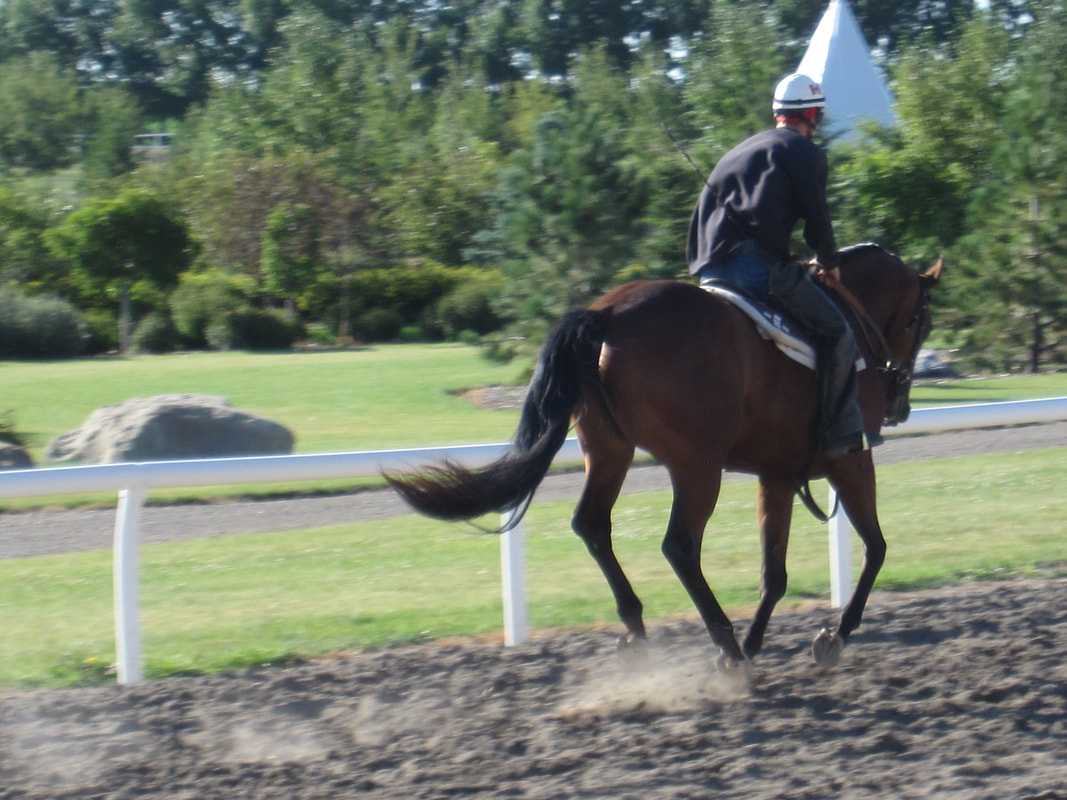
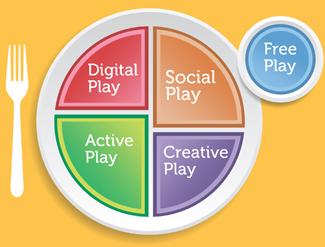
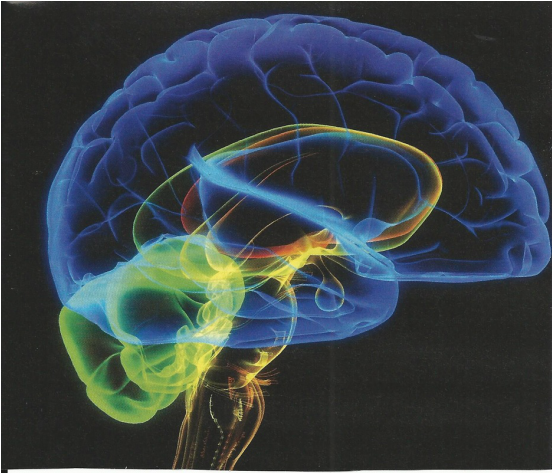

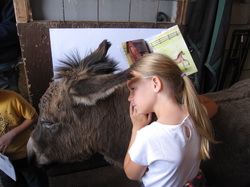
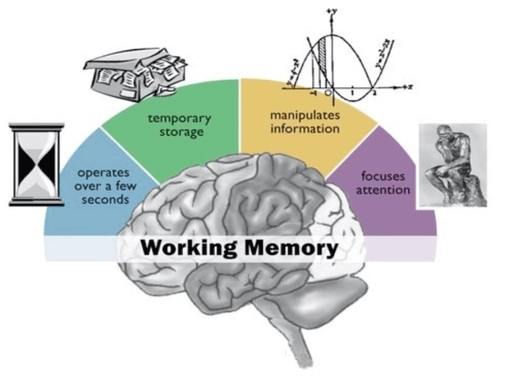
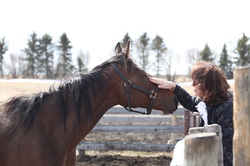


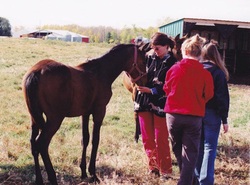
 RSS Feed
RSS Feed
